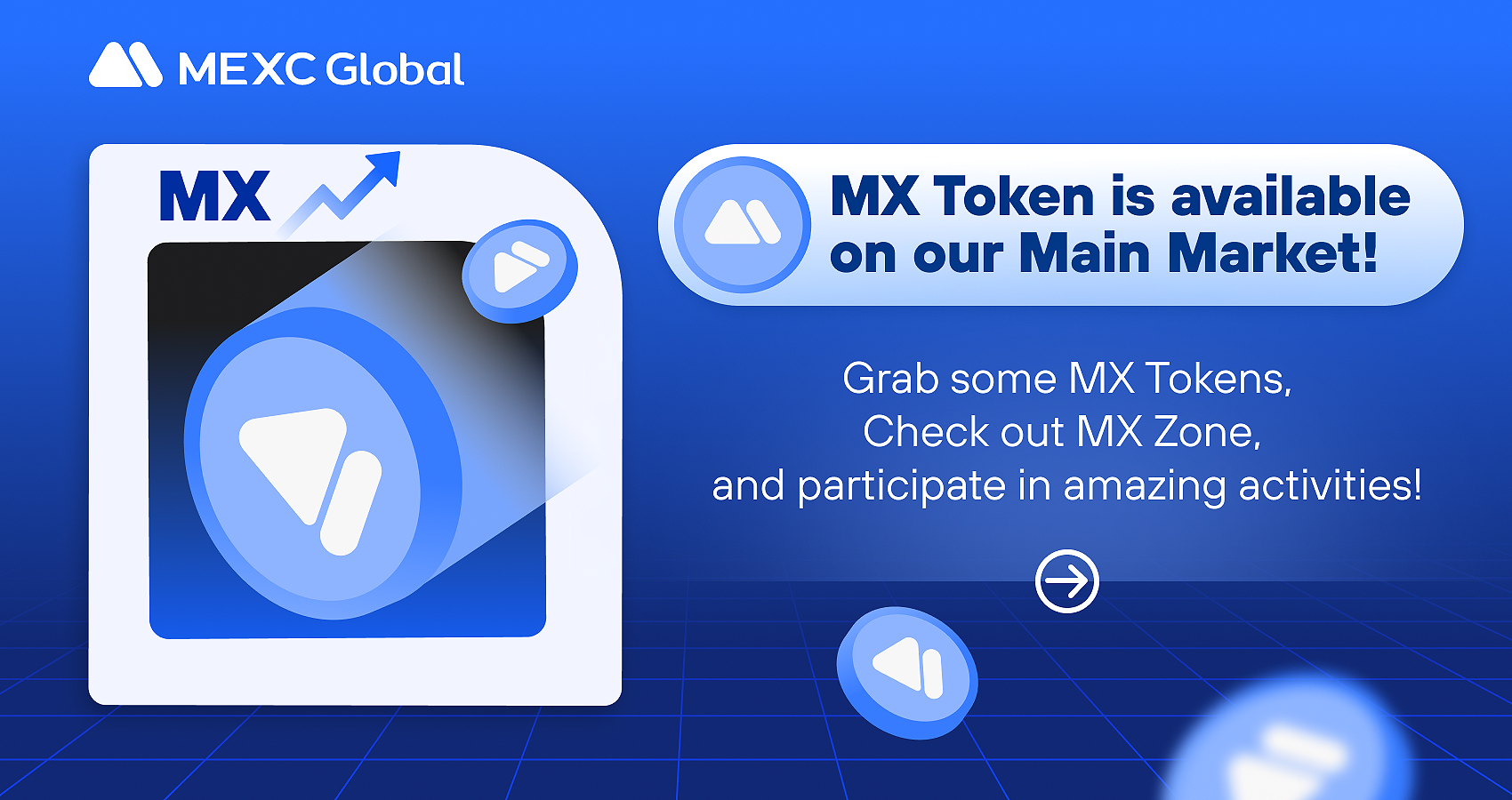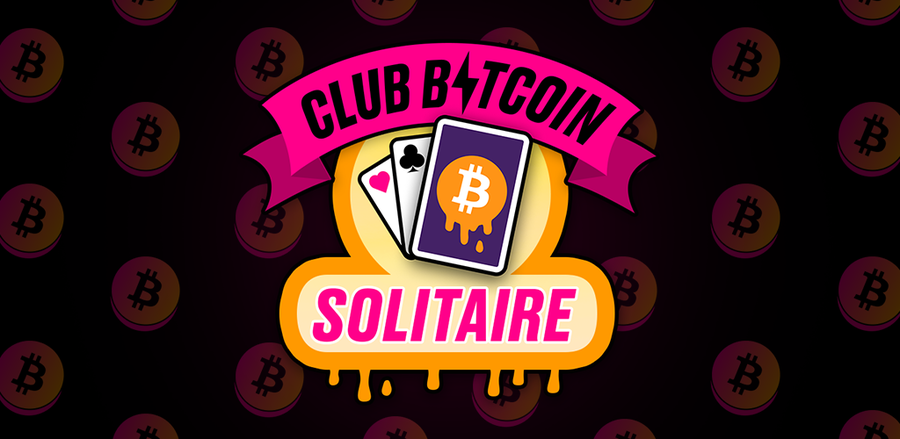The debate surrounding the regulatory oversight of stablecoins in the United States has intensified in recent months, with Vice Chairman Michael Barr of the U.S. Federal Reserve emerging as a prominent advocate for granting the central bank greater regulatory and enforcement authority over stablecoin issuers. Barr’s arguments have reignited discussions about the extent of federal control and supervision needed to ensure the stability and security of the U.S. financial system.

The Growing Significance of Stablecoins
Stablecoins have gained immense popularity and usage in the digital financial ecosystem, offering a unique value proposition as they are pegged to a stable asset, typically a reserve of fiat currency. They provide the benefits of cryptocurrencies, such as fast and low-cost transactions, while mitigating the price volatility inherent in other digital assets like Bitcoin and Ethereum.
Despite their apparent advantages, stablecoins have raised concerns due to their increasing prominence in the financial market. The growth of stablecoin issuance and adoption has brought forth questions regarding their regulatory framework and their potential impact on the stability of the broader financial system.
Vice Chairman Michael Barr’s Advocacy
Vice Chairman Michael Barr’s stance on the matter is clear: the U.S. Federal Reserve should be granted regulatory and enforcement authority over stablecoin issuers. Barr’s arguments are centered on several key points:
1. Systemic Risk: Barr highlights the systemic risk that stablecoins pose, particularly if they gain widespread adoption and usage. If not properly regulated, these digital assets could potentially destabilize the financial system, given their potential to act as substitutes for traditional banking and payment services.
2. Consumer Protection: Barr emphasizes the need to protect consumers who use stablecoins. He argues that users of stablecoins should have the same level of protection as traditional financial services offer. This includes safeguards against fraud, data breaches, and ensuring the availability of adequate dispute resolution mechanisms.
3. Monetary Policy Control: The Vice Chairman underscores that the Federal Reserve should maintain its ability to implement and control monetary policy, especially in a digital era where stablecoins could influence the money supply. By asserting regulatory authority, the central bank can ensure that its policies are not undermined by an unregulated proliferation of stablecoins.
4. Anti-Money Laundering and Counter-Terrorism Financing: Barr contends that stablecoin issuers must comply with stringent anti-money laundering (AML) and counter-terrorism financing (CTF) regulations. This would help prevent stablecoins from being used for illicit activities, as they could potentially offer a means of evading traditional financial controls.
The Debate Over Legislation
Vice Chairman Barr’s arguments have added fuel to the already heated debate over legislation regarding stablecoins. On one side, proponents of greater regulatory control, like Barr, argue that stablecoins must be treated as equivalent to traditional financial institutions, subject to the same level of scrutiny, regulation, and oversight. On the other side, advocates of a more hands-off approach argue that overregulation could stifle innovation and limit the potential benefits of stablecoins.
The Road Ahead
The future of stablecoin regulation in the United States remains uncertain, as policymakers grapple with the intricate challenge of balancing innovation with financial stability and consumer protection. Vice Chairman Michael Barr’s vocal advocacy for the Federal Reserve’s increased regulatory authority over stablecoin issuers has brought this debate into the spotlight, ensuring that it will continue to be a hotly contested issue in the financial and legislative arenas.
In conclusion, the debate over stablecoin regulation in the United States is far from settled. The arguments put forth by Vice Chairman Michael Barr highlight the urgency of establishing a clear and comprehensive regulatory framework for stablecoins to safeguard financial stability and protect consumers. As the financial landscape continues to evolve in the digital age, addressing the challenges posed by stablecoins is essential to ensure the resilience and security of the U.S. financial system.
Personal Note From MEXC Team
Check out our MEXC trading page and find out what we have to offer! There are also a ton of interesting articles to get you up to speed with the crypto world. Lastly, join our MEXC Creators project and share your opinion about everything crypto! Happy trading! Learn about interoperability now!
Join MEXC and Start Trading Today!



